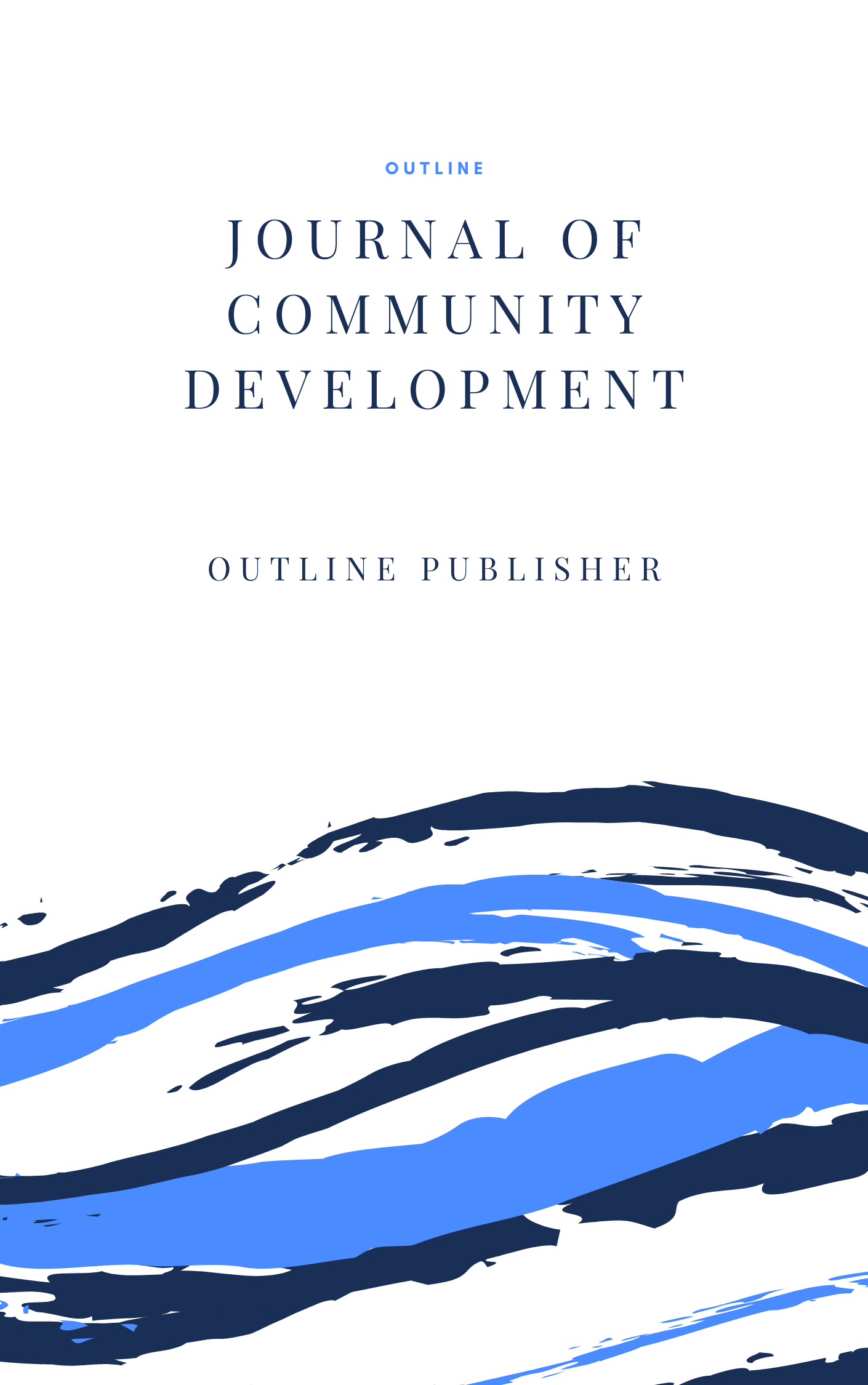Training on the Implementation of ISO 31000 Risk Management for Blitar City Food Business Association
Keywords:
ISO31000, Kirkpatrick Model, Risk Management, Small Medium Enterprise, Training EvaluationAbstract
The food micro, small, and medium enterprises in Blitar face significant challenges in managing various business risks, including financial, operational, and strategic risks, which often hinder business continuity and growth. This study aims to enhance the risk management capabilities of food business actors in Blitar through a structured training program based on the international ISO 31000 standard. The training was delivered using lectures, discussions, and case studies, and its effectiveness was evaluated using the Kirkpatrick Level 2 method by comparing participants’ understanding before and after the training. Data were collected through pre-test and post-test questionnaires covering key aspects of risk management knowledge and practical application. The results demonstrate a substantial improvement in participants’ comprehension, with the average score increasing from 1.85 before the training to 3.65 after the training. The most significant gains were observed in the practical use of risk matrices and the identification of major risk categories, while the smallest improvement was found in the area of financial record separation, which already had a high baseline understanding. These findings indicate that the training was effective in increasing both conceptual and practical understanding of risk management among food business actors in Blitar. It is concluded that systematic risk management training based on international standards can significantly strengthen the resilience and sustainability of micro, small, and medium enterprises in the local food sector.
References
Abbas, Hasyim. (2021). Strategi Bisnis dalam Melebarkan Sayap UMKM ala Paguyuban Blitar. http://ekp.feb.um.ac.id/strategi-bisnis-dalam-melebarkan-sayap-umkm-ala-paguyuban-blitar/
Azmy, A., & Setiarini, N. Y. (2023). Kirkpatrick Model as Evaluation Training Program for Assessor: Case Study of Government Employee. International Journal of Management, Accounting & Economics, Vol. 10, No. 09.
Dewi, R. I., & Ilham, I. (2023). Analisis Manajemen Risiko pada UMKM Menggunakan Iso 31000. JBMI (Jurnal Bisnis, Manajemen, dan Informatika), 20(2), 124-135.
Firmansyah, Bayu, Alfira Putri Nugroho, Abdul Karman. (2025). Analisis Manajemen Risiko Pada UMKM Penjual Kue Kering Musiman (Alfiracookies) di Kota Jayapura. JICC: Jurnal Intelek Insan Cendekia, Vol. 2, No. 1. Hal. 1311 – 1319
Latifah, Nunuk, Adiguna S. W. Utama, Hindra Kurniawan. (2024). Conceptual Model of Risk Management at UMK Blitar: ISO 31000. Mantik Journal Vol. 08, No. 01. Hal 82 – 87
Maulana, Taqiyuddin Robbani Maulana, Catherina Rahmaini Kamila, Erisa Putri Maulidiyah, Mohamad Bastomi. (2024). Analisis Manajemen Risiko Operasional Pada UMKM Kebab “Fardil” Cabang Dinoyo. Jurnal Ekonomi Akuntansi & Manajemen, Vol. 1 No. 2. Hal 135 – 148
Putra, Anugerah Christian. (2022). Pengaruh Pertumbuhan PDRB Usaha Mikro Kecil Menengah (UMKM) Terhadap Pertumbuhan Ekonomi Surabaya. Jurnal Lemhannas RI, Vol. 10, No. 02. Hal. 134 – 148
Suprayitno, Hery, Bina Andari, Robeth Ahmad. (2024). Strategi Branding untuk Penguatan Identitas UMKM Blitar: Tinjauan dan Implementasi. Jurnal Akuntansi, Manajemen dan Ilmu Ekonomi (JASMIEN), Vol. 05, No. 01. Hal. 88 – 93
Yolanda, Cindy. (2024). Peran Usaha Mikro, Kecil Dan Menengah (UMKM) Dalam Pengembangan Ekonomi Indonesia. Jurnal Manajemen dan Bisnis, Vol. 2, No. 3. Hal. 170 – 186


















